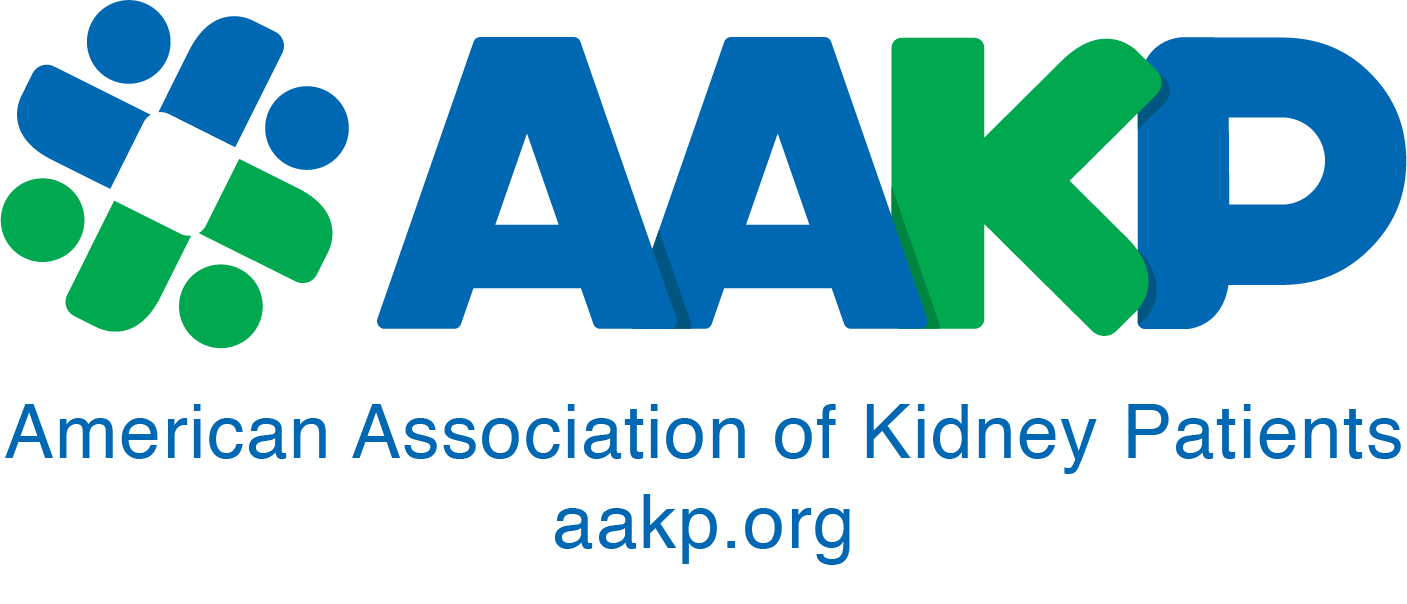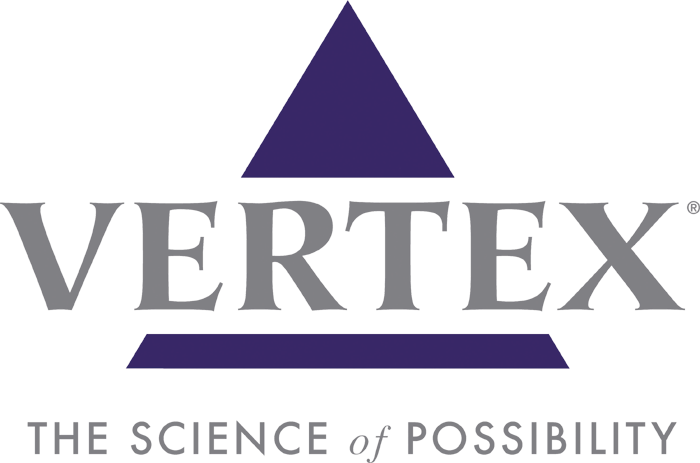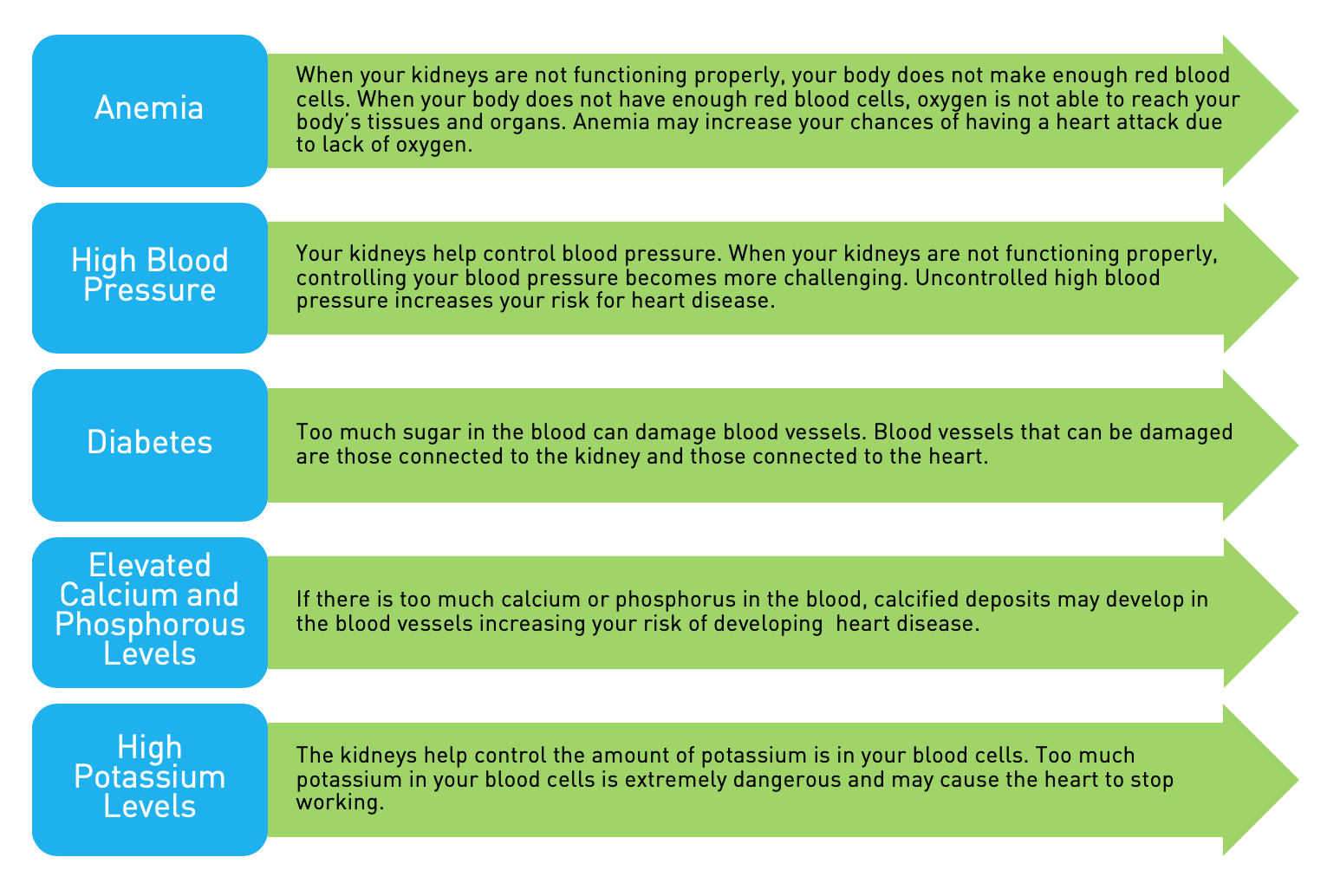Chronic kidney disease (CKD) patients have three options once they reach end stage renal disease (ESRD): dialysis, kidney transplantation or no treatment. If a patient doesn’t choose a treatment option, he will die. Most patients choose dialysis and try to get on a kidney transplant list. Getting a new kidney is not an option for everyone, so dialysis may be the only option. Dialysis is the process of cleaning the blood by artificial means. During dialysis, wastes and extra fluid that build up with kidney failure are removed from the blood.
Advantages of Home Dialysis
Home dialysis, as opposed to in-center dialysis, is a growing trend. Home dialysis allows patients to dialysize at home instead of going to a dialysis center. Home dialysis can be done as either hemodialysis or peritoneal dialysis. Most patients who elect home dialysis cite many benefits, including the flexibility to have more control over when they get their treatments, being able to spend more time with their family and the ability to continue to work. Home dialysis allows patients to learn more about their disease and how it is treated. Home dialysis patients tend to be leaders in their healthcare and this leadership role empowers patients to maintain their independence and influence their quality of life.
There are four options to home dialysis. The four options are on the next page, along with a description of how each works.
1. Conventional Home Hemodialysis
Conventional home hemodialysis is similar to hemodialysis done at a dialysis center. Instead of traveling to a center, the patient is able to stay home. Home hemodialysis is done three times a week for three to four hours each time.
A patient may even choose to dialyze for longer periods of time at home. The longer the dialysis, the better the patient may feel. Home dialysis also affords the patient the opportunity to choose what time of day he will dialysize. In-center dialysis centers have a set schedule. A patient will go through several weeks of training with a nurse or dialysis technician before beginning conventional home hemodialysis. If a patient chooses home hemodialysis, he is taking on a lot of responsibility. The patient must make sure he has the equipment and supplies needed for each treatment. The patient will be in charge of setting up and preparing the dialysis machine for treatment, cleaning the machine and disposing the supplies used during the treatment. A patient who chooses home hemodialysis will still have access to a professionally trained staff at a dialysis center. The patient will visit the dialysis center periodically and he will continue to see his doctor once a month. If there is a problem with a patient’s dialysis machine, most companies provide a 24 hour helpline the patient can call.
2. Daily Home Hemodialysis
Daily home hemodialysis (DHHD) is very similar to conventional home dialysis. Instead of dialyzing three days a week, the patient dialyzes five to seven days a week for two to three hours a session. Daily treatments more closely resemble normal kidney function than three times- a-week treatments. It also means fewer dietary and fluid restrictions as well as fewer medications. A patient and his partner will train for several weeks with a nurse or a trained dialysis technician before beginning home treatments. A DHHD patient and his partners will learn to:
• Setup the dialysis machine
• Place needles in access
• Determine how much fluid to get rid of
• Order supplies
• Take blood pressure
• Recognize potential problems
When traveling, the patient may have to temporarily switch to conventional hemodialysis three times a week in a center. This allows the patient to travel in the same manner as if he were always on a conventional hemodialysis schedule. When the patient returns home from his trip, he can return to his short daily dialysis schedule.
Because the patient is doing dialysis more often, less fluid generally needs to be removed each time. This reduces symptoms like headaches, nausea, cramping and feeling “washed out” after treatment. The patient will also continue to see their doctor on a regular basis for checkups.
3. Nocturnal Hemodialysis
Nocturnal hemodialysis is done overnight at home while the patient is sleeping. If nocturnal hemodialysis is done more than three times a week or on alternative nights (four to seven nights a week) it is called nightly hemodialysis. Most patients dialyze anywhere between six to ten hours a night, receiving much more dialysis time. The more dialysis, the better.
Nocturnal hemodialysis is twice as long and twice as frequent as conventional hemodialysis. It does a better job of cleaning the blood of wastes, salt and water. It is the closest method to normal kidney function.
Many patients prefer nocturnal dialysis because it keeps them out of the dialysis center and it leaves room to do other activities during the day, including work. It is advised, patients who elect nocturnal hemodialysis have a family member or paid trained worker to help put needles in or if an emergency occurs. Patients are going to sleep through the dialysis. Training can be completed in as little as three weeks and will primarily be aimed at the patient.
Many of the symptoms caused by the lack of kidney function such as nausea, vomiting, shortness of breath, itchiness, dry skin, tiredness, lack of energy disappear. Appetite and ability to taste improve. Sexual drive and function also improve. Symptoms related to hemodialysis itself also improve dramatically. Muscle cramps, low blood pressure during dialysis and exhaustion after dialysis are no longer present. Patients do not have to rest or go to sleep after dialysis to recover.
There are risks associated with nocturnal dialysis including disconnecting the dialysis tubing from the access. This can be a problem if it is not dealt with right away (This happens in centers too). Machine alarms as well as proper taping of the needle, and the use of the so called ‘enuresis alarm’ make the method safe. The enuresis alarm is a moisture sensor that is taped on top of the dialysis needle and alarms if there is even a small blood leak.
4. Peritoneal Dialysis
Peritoneal dialysis (PD) uses a space in the belly called the peritoneal cavity to clean the blood in the body. The abdominal cavity is lined with a membrane called the peritoneum. This membrane surrounds the intestines, bowel and other organs, protecting the organs. It has many little holes that can be used to strain waste products and other chemicals from the blood.
In order to perform PD, a permanent PD access to the peritoneal cavity will need to be created. This requires a surgical procedure to insert a small, soft tube called a catheter. The patient must make sure his catheter site does not get infected.
When receiving a PD treatment, dialysate will flow into the peritoneal cavity through the catheter. The solution will remain in the cavity for several hours. During this time, waste products and excess fluid pass from the blood into the peritoneal cavity. After the completed dwell time (period the dialysis solution is in your abdomen), the solution will be drained from the cavity. The patient will then fill the cavity with fresh solution and the process begins again. This process is called an exchange. Each time the patient performs a treatment he will use a new disposable set. A doctor will prescribe how many exchanges a patient will do each day, as well as the amount and type of dialysis fluid to be used.
There are two types of PD. One is continuous ambulatory peritoneal dialysis (CAPD) and the other is continuous cycling peritoneal dialysis (CCPD).
CAPD exchanges are painless and can be done anywhere. The patient will need a bag full of dialysate fluid and the plastic tubing that comes attached to the bag. CAPD is performed manually and can be done almost anywhere, even while the patient is walking around. Typically, a CAPD patient does three to four exchanges during the day and one evening exchange with a long overnight dwell time while he sleeps.
CCPD requires a cycler machine. The machine automatically controls the timing of the exchanges, drains the used solution, and fills the peritoneal cavity with new solution. The machines are about the size of a small suitcase and can be used anywhere there is an electrical output. CCPD is usually done while a patient sleeps. However, the machine’s noises may wake a patient during the night. And unlike home hemodialysis, the patient can do CCPD on his own.
Things to remember about home dialysis:
• Improved survival rate
• Better quality of life
• Greater opportunity to return to work, school or other activities
• Better blood pressure control
• Fewer hospital stays
• Increased dietary flexibility
• Patients undergoing more frequent hemodialysis treatments tend to experience fewer problems with their fistula.
• Nocturnal hemodialysis can reduced the need for medications, including phosphate binders.
Remember, you have options. Many patients feel home dialysis offers more freedom and comfort. But if you feel more comfortable with a professional at a dialysis center, this option may not be best for you. Please speak with your healthcare team about what treatment may be best for you.
This article originally appeared in the March 2008 issue of At Home with AAKP.
























